Official Website: https://www.youngcel.com
Address:No.1 Shifu East Road, Gaocheng District, Shijiazhuang, Hebei, China
In the ever-evolving construction chemicals segment, the demand for high-purity additives with stable quality is surging. Methyl Hydroxy Ethyl Cellulose Best Selling and its derivatives such as HPMC, HEC, MHEC, CMC, and RDP are pivotal for the development of advanced building materials. Modern projects prioritize not just performance, but reliability and sustainability, driving the popularity of these cellulose ethers and polymers. According to academic studies, cellulose ethers remain at the heart of innovative formulations for tile adhesives, putty, mortars, self-leveling compounds, and energy-saving thermal insulation solutions. Methyl Hydroxy Ethyl Cellulose Best Selling addresses not only technical needs but also new green building standards.
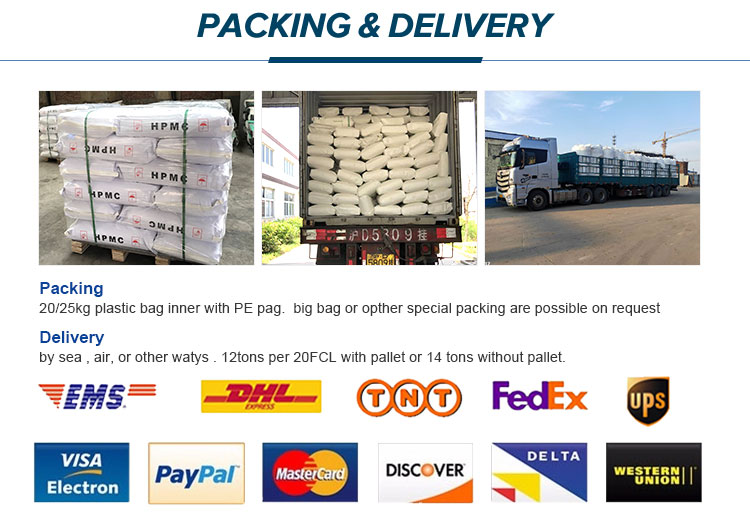
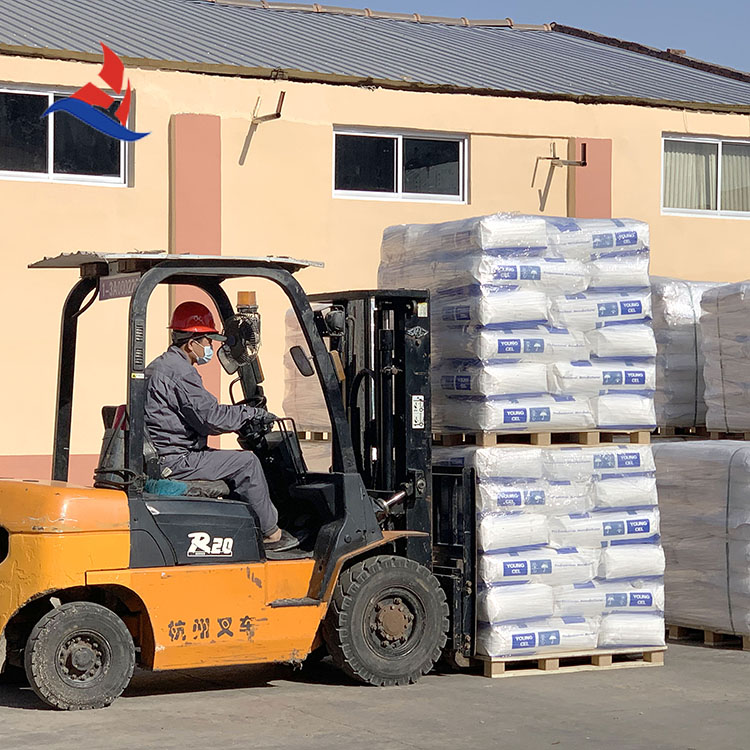
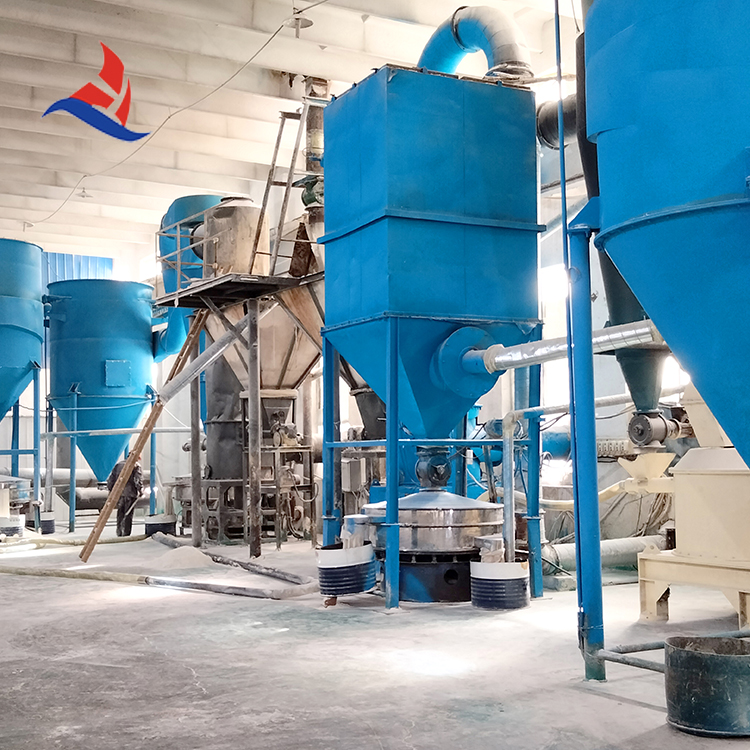
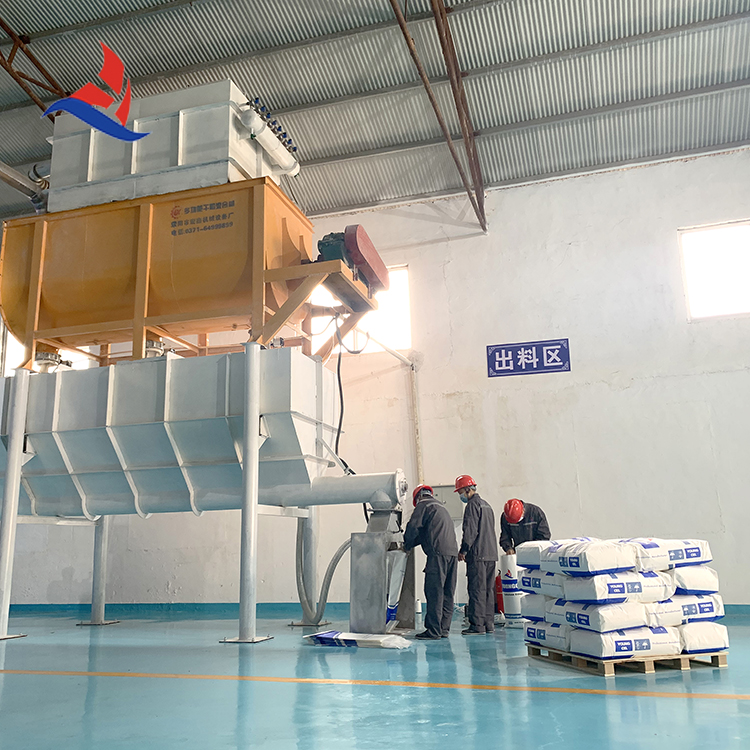
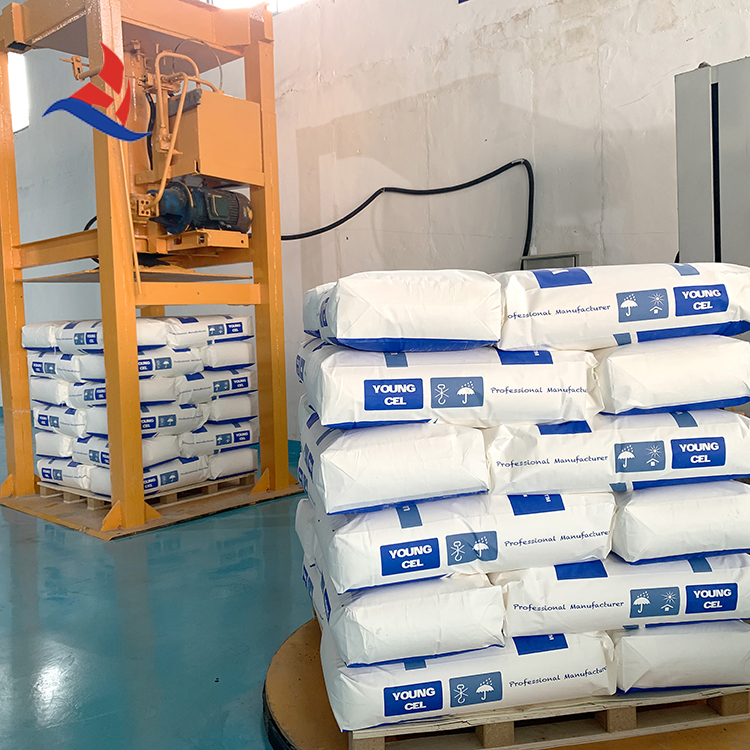
- Product Name: Methyl Hydroxy Ethyl Cellulose Best Selling, Stable Quality HPMC, HEC, MHEC, CMC, RDP In Construction Grade High Purity Factory
- Short Description: Highly purified cellulose ether and polymer for construction
- Model Number: HPMC
- Other Names: Hydroxypropylmethylcellulose
- Type: Cellulose, Chemical additives, Adhesive, Binder, Dispersant
- CAS No.: 9032-42-2
- Function: Thickening, Stabilization, Water Retention
- Applicable Industries: Construction, Mortar, Putty, Tile Adhesive, Skim Coat, Gypsum, EIFS/ETICS
- Product Page: Official Link
| Property | Unit | Typical Value | Application Importance |
|---|---|---|---|
| Moisture Content | % | ≤5 | Product stability, Shelf-life |
| Viscosity (2% sol., 20℃) | mPa.s | 4,000 ~ 200,000 | Thickening, Workability |
| Methoxy Content | % | 19.0 ~ 24.0 | Water retention, Film formation |
| Hydroxyethyl Content | % | 4.0 ~ 12.0 | Solubility, Adhesion |
| pH Value (1% solution) | - | 6.0 ~ 8.5 | Compatibility, Dispersion |
| Particle Size (Mesh) | mesh | 80 / 100 / 120 | Mixing, Homogeneity |
| Loss on Ignition | % | ≤1.8 | Purity |
| Ash Content | % | ≤3.0 | Quality, Color Consistency |
Methyl Hydroxy Ethyl Cellulose Best Selling finds wide use in modern gypsum and cement-based systems, high-performance tile adhesives, EIFS thermal insulation mortars, and wall putty—enabling robust thickening, impeccable workability, and enhanced water retention for extended open time. As cited by Cement and Concrete Research, premium-quality cellulose ethers drastically improve flow, anti-sag, and crack resistance in mortars. Leading construction contractors increasingly specify Stable Quality HPMC and HEC/MHEC/CMC/RDP in their technical documentation for reliable jobsite performance and enduring project results.
Frequently Asked Professional Questions (FAQ)
- HPMC: Best for cement-based mortars & tile adhesives (high water retention, anti-sag)
- MHEC: Used in gypsum, renders, higher solubility
- HEC: Primarily in water-based paints and coatings
- CMC: Used in ceramic, paint, and thickening light mortars
- RDP: Improves flexibility and adhesion (polymer modifier)
- Stable Quality HPMC/HEC/MHEC/CMC/RDP: Strict quality management, minimal batch-to-batch variation
- High Purity: Meets international construction additives standards
- Adaptability: Customizable grades for masonry mortar, render, tile adhesive, skim coat, self-leveling floor
- Enhanced Workability: Effortless mixing, extended open time, excellent anti-sag
- Proven Authority: Verified by both global contractors and academic experts (see details)
Mobile: +86-13700312745
Email: yongfeng@yfhpmc.com
Address: No.1 Shifu East Road, Gaocheng District, Shijiazhuang, Hebei, China
[1] Effect of Cellulose Ether on Fresh and Hardened Properties of Mortar and Concrete
[2] Performance of Cellulose Ethers in Modern Building Formulations
[3] Cellulose Derivatives in Construction: Standards & Applications
[4] Latest Innovations in Polymer-Modified Dry Mortars
[5] Water Retention and Workability Modified by HPMC/HEC
-
Rdp Powder: Key Considerations for Wholesalers in the Building Materials IndustryNewsJul.08,2025
-
Key Considerations for Wholesalers: Navigating the World of Hpmc - Based ProductsNewsJul.08,2025
-
Hpmc Detergent: Key Considerations for WholesalersNewsJul.08,2025
-
Key Considerations for Wholesalers: China Hpmc For Tile Adhesive, Coating Additives, Concrete Additives, and MoreNewsJul.08,2025
-
Crucial Considerations for Wholesalers: Navigating the World of Construction MaterialsNewsJul.08,2025
-
Key Considerations for Wholesalers Sourcing Additive For Cement, Additive For Concrete, Additive For Putty from Additive Manufacturer Shijiazhuang Gaocheng District Yongfeng Cellulose Co., Ltd.NewsJul.08,2025




